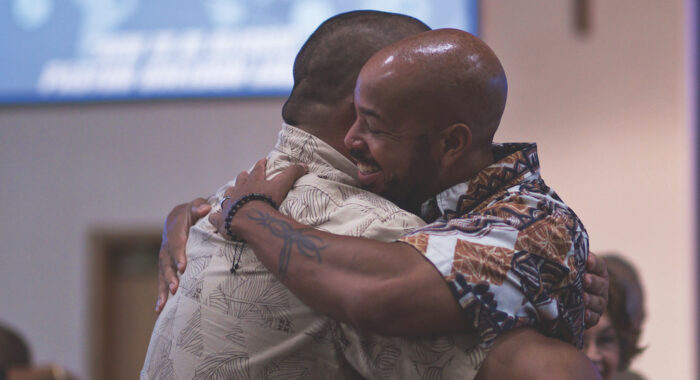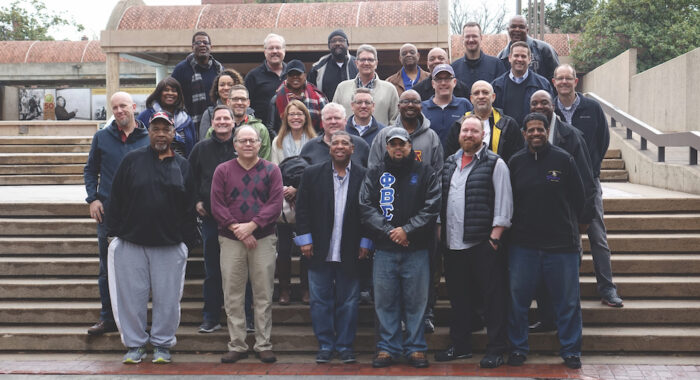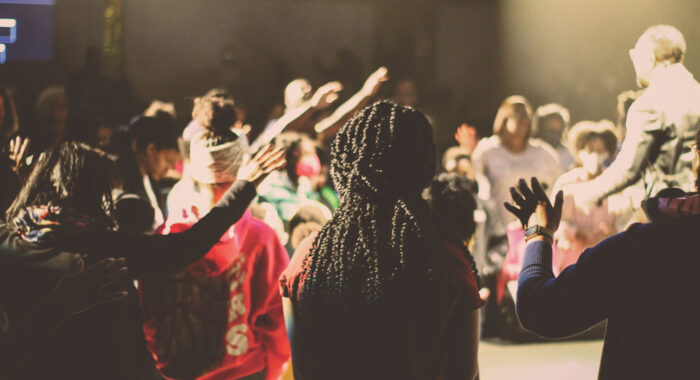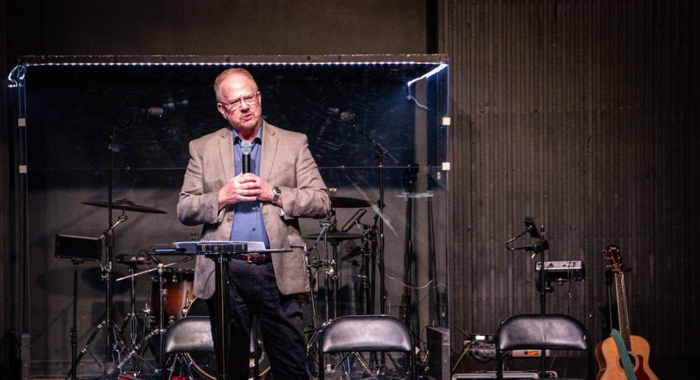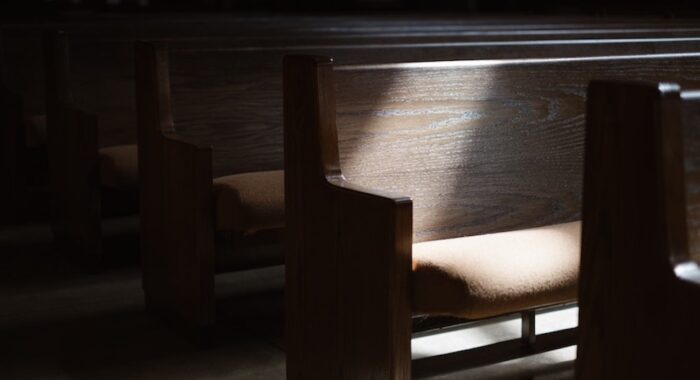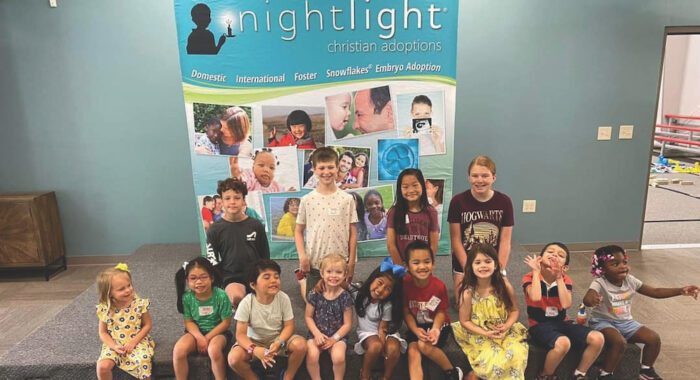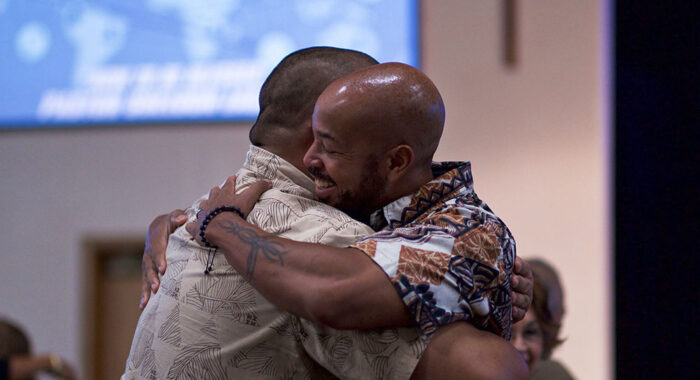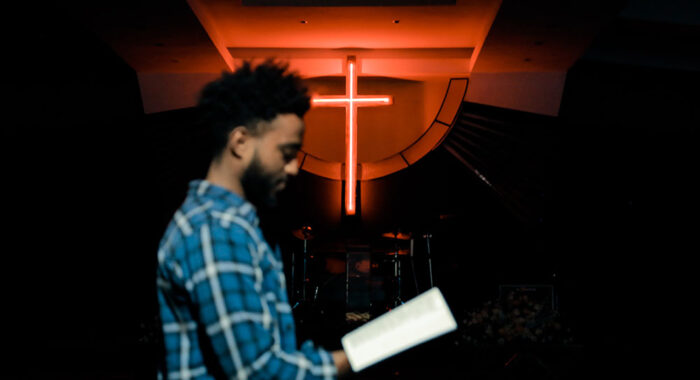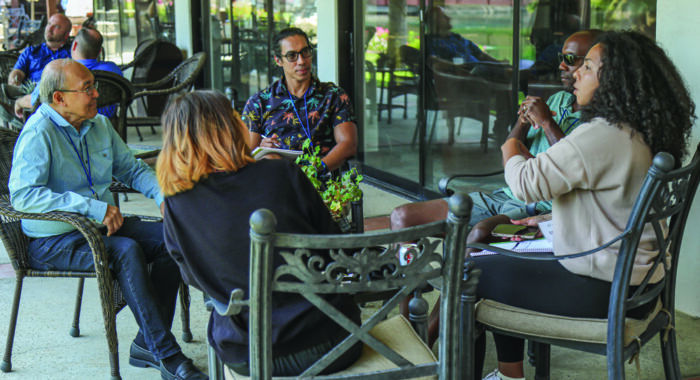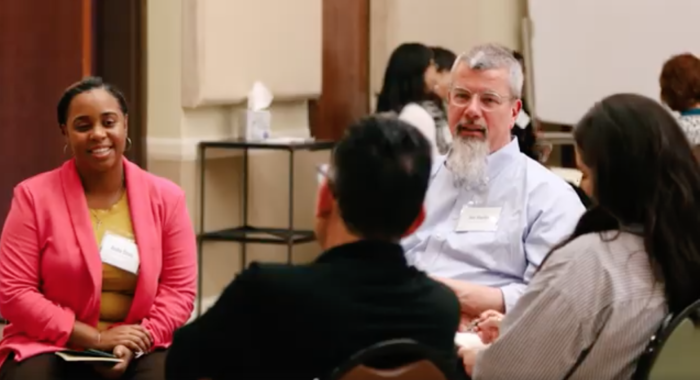David Neff was editor-in-chief of Christianity Today, where he worked from 1985 until his retirement in 2013. He is also former editor in chief of Christian History magazine, and continues to explore the intersection of history and current events in his bimonthly column, “Past Imperfect.” Neff also taught at Walla Walla College in College Place, Washington, and served on the editorial team at InterVarsity Press. He is a graduate of La Sierra University, Andrews University and San Francisco Theological Seminary.
How our Music Reflects & Defines our Tradition
Every new Christian movement has its soundtrack. The Reformation had the hymns of Luther and Walter as well as the psalms of Marot and Bourgeois. The 18th-century Pietists had Zinzendorf’s songs and, as Pietism spread to the English-speaking world, the hymns of Charles Wesley. The 19th-century revivals had the gospel songs of Sankey and Bliss. And African American slaves developed their own songs focused on biblical stories of liberation and deliverance.
Each of these musical traditions helped create what we have come to think of as “denominational” identity (even though most of these movements didn’t set out to form denominations). For immigrant churches, certain songs helped reinforce their ethnic heritage. Dutch Calvinists in Grand Rapids sang psalms, and Missouri Synod Lutherans sang German chorales. And in order to be a true blue member of the Swedish Covenanters you had to be able to sing “Children of the Heavenly Father” in the mother tongue.
But America is a land of cross-pollination. Just as some foods cross ethnic boundaries (think pizza and tacos, not lutefisk), so some songs spread easily beyond their original communities (think Wesley hymns rather than Genevan Psalms). During Reconstruction, many African Americans tried to forget their slave songs and adopt middle-class culture. But when the Fisk University Singers went on a fund-raising tour to save their college, it was the spirituals that white audiences loved the best. Now we all sing “Nobody Knows the Trouble I’ve Seen.” Evangelists, too, played a role: Dwight Moody’s evangelistic crusades spread music across denominational lines and Billy Graham’s team made “To God be the Glory” popular.
This musical sharing helped create a blended American Christianity in which believers felt a kinship across denominational lines. It wasn’t just music, of course. Revivals and renewal movements brought people together for prayer and Bible study.
Unfortunately, much classic hymnody is fading. Classic hymns were textually complex, but textual complexity wasn’t just a church thing. Witness the lyrics of Ira Gershwin and Cole Porter. Today’s more simple worship songs follow the secular trend of lyrical decline. In the process, we lose some of the greatest evocations of Christian experience.
Churches that want to reclaim their denominational heritage would do well to celebrate their own classic hymnody. And churches that wish to celebrate their common kinship in Christ with others should learn others’ classic hymns. This requires sustained attention to the meanings of these texts, but their poetry can be rich and rewarding.
This article originally appeared in the NAE Insight.



 View All Articles
View All Articles 










